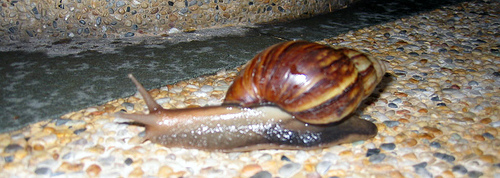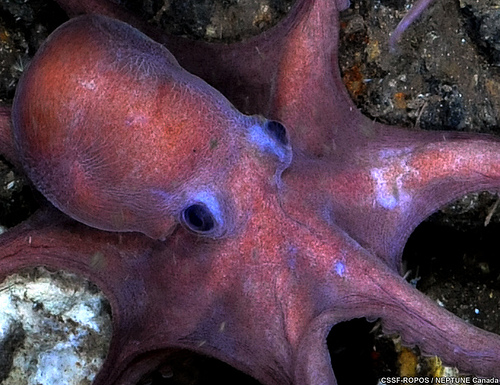Hapalochlaena lunulata-Blue Ringed Octopus
Classification
How do you classify the Blue-Ringed Octopus?
Domain: Eukaryote
This organism is a part of this domain because it possess a true nuclei and has membrane-bound organelles.
Kingdom: Anamalia
The blue-ringed octopus belongs to this kingdom because it has no backbone. Since it has no back bone it is classified as an invertebrate. Also, this organism is multicellular and heterotrophic. It has the ability to develop organs and tissues because it is multicellular. Furthermore by being a heterotroph, it must capture its own food because they cannot make their own.
Phylum: Mollusca
The blue-ringed octopus belongs in this phylum because it is soft bodied, bilaterally segmented, and has a complete digestive tract. Along with these traits, they also possess coelom and are dioecious.
Class: Cephalopoda
The class Cephalopoda consists of octopuses and squids. This organism belongs to this class because they have complex characteristics. They have very complex eyes which help them detect vertical and horizontal movements. In addition, they have an extreme development of the nervous system and a closed circulatory system.
Order: Octopoda
This order is animals that are octopuses. The blue-ringed octopus belongs to this group because it has eight arms and two eyes.
Suborder: Incirrina
This suborder is for organisms that do not have a shell or swimming fins on the head. The blue-ringed octopus belongs to this suborder because it lacks a shell. Moreover, it lacks swimming fins, that most fish have, that help them swim. The blue-ringed octopus does not have any cirri filaments either.
Family: Octopodidae
This family is home to most octopuses. The blue-ringed octopus belongs to this because it has suckers on one or two series and internal shell is reduced to a pair of stylets. Also, the stomach and caecum posterior goes to the digestive gland. The blue-ringed octopus have lateral radula teeth for feeding.
Genus: Hapalochlaena
The Latin meaning of hapalpchlaena is soft skinned. The blue-ringed octopus is a soft skinned organism which is why it is placed under this category.
Species: lunulata
The Latin meaning of lunulata is covered in moons. The blue/black rings against it's yellowish skin look like moons covering their bodies. This is a warning sign that they are poisonous and to stay away from them.
To check out more information Click here.
Phylogenetic Trees:
This Phylogenetic tree above shows exactly where the genus Hapalochlaena and what are the closest species to this genus.
This Phylogenetic tree shows where Hapalochlaena lunulata is placed in the three domains of life. The tree is based off the morphologies of the groups of organism and separates into different general groups.









